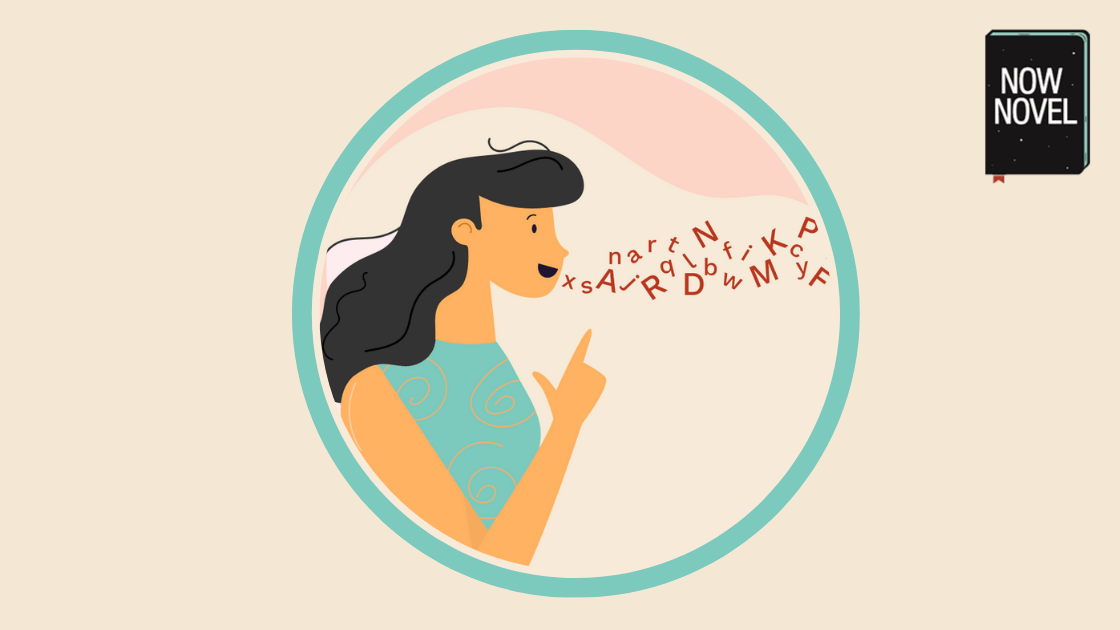

Enhanced immune function and heart health (tied to lower stress levels).Improved problem-solving abilities and productivity.Less reactions to negative feelings, like frustration, anger or impatience.Lower risk for depression, anxiety, PTSD and eating disorders (which are tied to having a strong “inner critic”).


It’s also believed that children lack a strong inner monologue compared to adults. Some also fall somewhere in between, only experiencing words being repeated in their minds now and then.

Others report the opposite to be true: They can “hear” their own thoughts going through their heads, sometimes nearly all day long. It’s considered normal to either have or not - or to only occasionally have an internal dialogue.įor some, their thoughts are nonverbal and not structured like sentences. Does Everyone Have It?ĭo some people not have an internal monologue? Yes, apparently not everyone has one. Once we are focused on a task, it quiets so we can concentrate. The DMN kicks in when we’re just bored, thinking or daydreaming. This is a network of different areas that are engaged when we are not doing anything task-oriented that requires our attention. It’s believed this occurs in many people because there are connections in their brains between areas focused on thinking and areas focused on language.Īccording to the latest research, inner speech is related to the default mode network (DMN) of the brain. What Is Internal Monologue?Īn internal monologue (also called an inner monologue or internal dialogue) is considered an inner voice that narrates your thoughts throughout the day.
#Inner monologue plus#
Below we’ll look at the roles that your internal monologue has, plus ways to use self talk to your advantage. If you’re someone who does often have an inner monologue running through your mind, whether or not your self-talk is positive or negative can have a big impact on your mood and mental health. They are believed to be related to the same part of the brain that deals with external conversations, called the Broca’s area. While the topic of internal dialogue is an ongoing one among psychologists, most consider having inner, verbal thoughts to be very common and “normal.” Since the 1930s, scientists have been studying internal conversations. If you ever experience the sensation of “talking to yourself in your head,” then you might question: Is it normal to have an internal monologue?


 0 kommentar(er)
0 kommentar(er)
